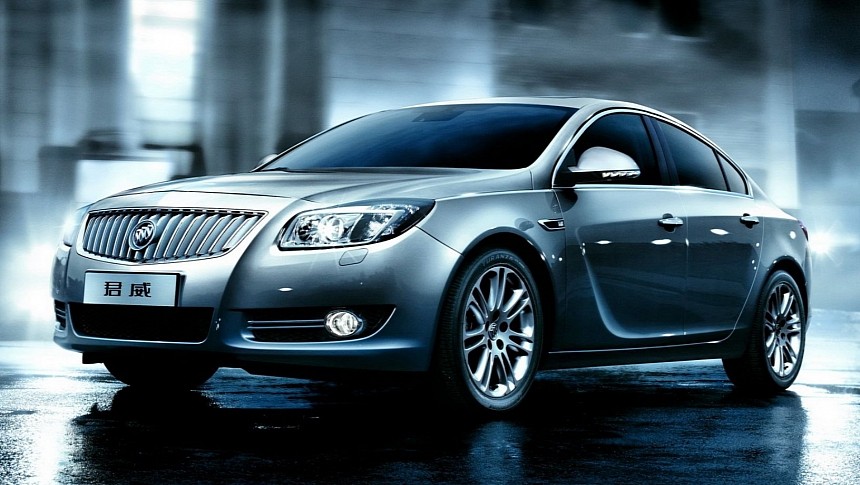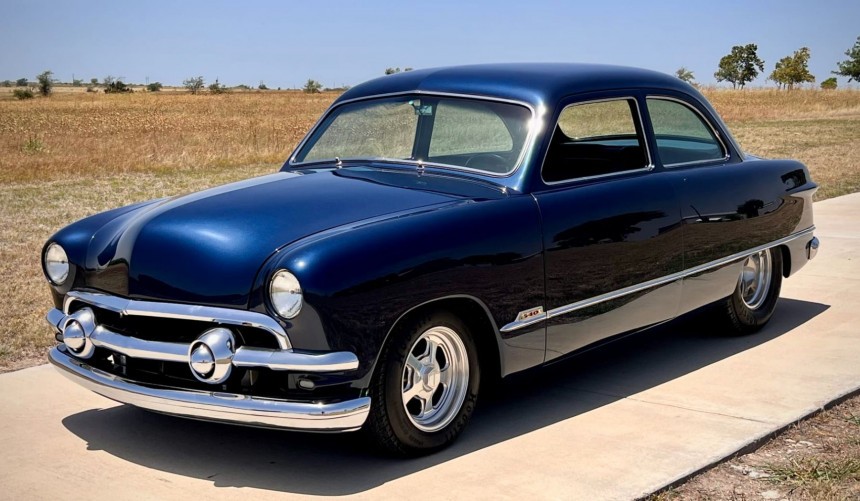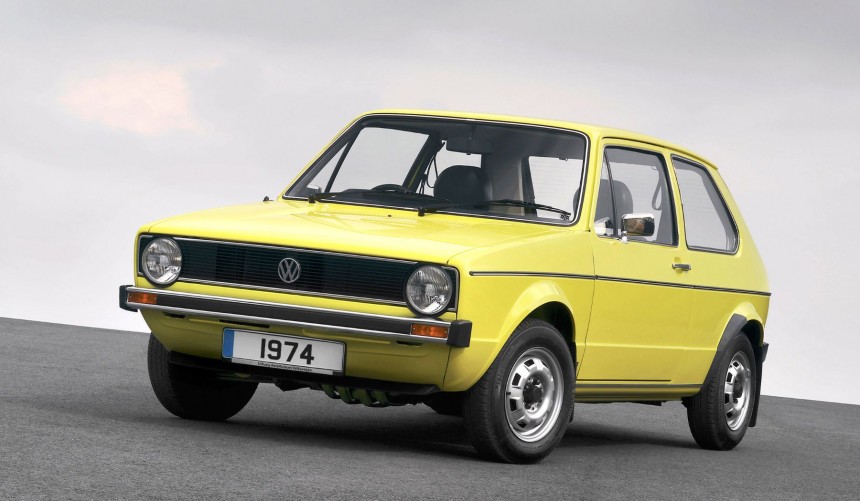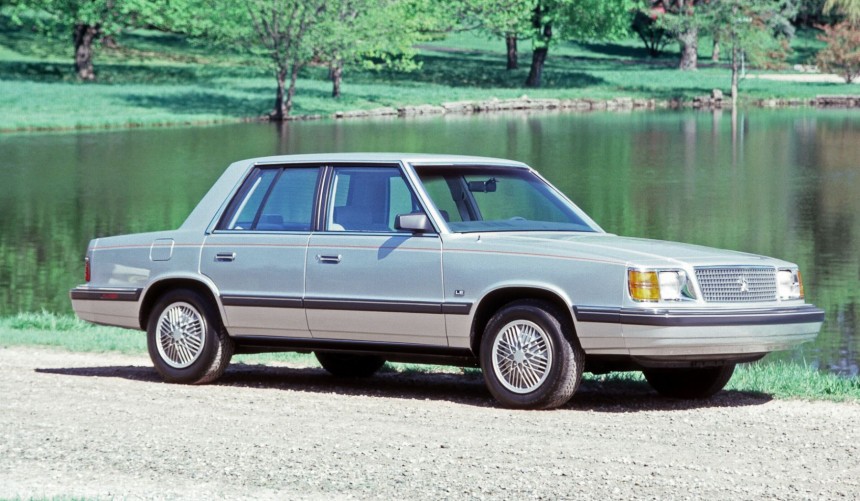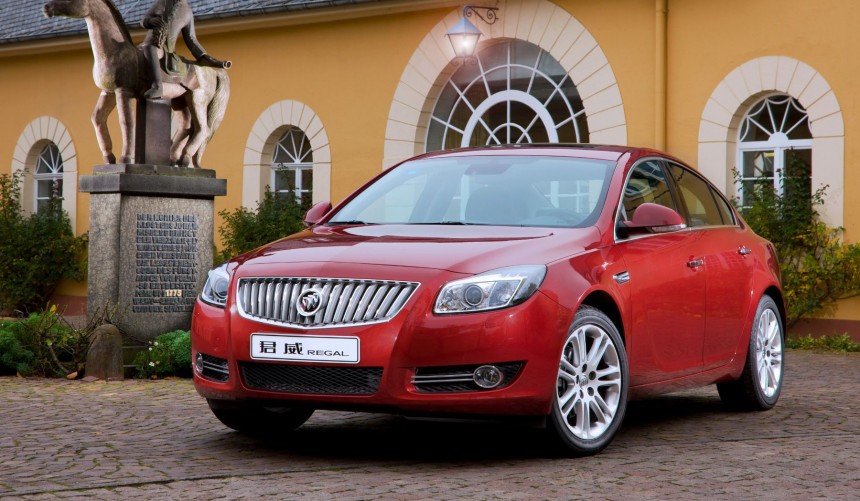Though not particularly beautiful or powerful, these models were extremely popular, which helped their companies survive through periods when their faith seemed sealed.
If you're an older car enthusiast, you surely miss an automotive brand that is no longer around.
Examples range from Dusenberg to Plymouth, AMC, or Pontiac. And that's just established American brands.
But the list could've also included more prestigious names like Ford, Volkswagen, BMW, Chrysler, or Buick had it not been for these five ordinary cars.
A dark cloud hung over Ford's Dearborn, Michigan, plant during the first few years after the Second World War.
Henry Ford, the company's legendary founder, passed away in 1947, and the Blue Oval's sales were declining fast due to its outdated models.
Bankruptcy was right around the corner, but fortunately, the founder's 28-year-old grandson, Henry Ford II, stepped up and personally oversaw the company's rebirth, which was kickstarted by the 1949 model line.
The first all-new post-war design in the US, the so-called "Shoebox Ford," was praised for its smooth ponton design, versatility, and practicality.
During the extended, 16-month 1949 model year, Ford returned to the top of the American automotive industry, selling over one million cars.
Though largely forgotten today, the 1949 Ford kept the company alive. Without it, it's possible that we would've never had the Thunderbird, Mustang, GT40, or the wildly popular modern iterations of the F-150.
The Bavarians managed to stay afloat thanks to their motorcycles, but by the mid-1950s, it was clear that more was needed if BMW wanted to continue as an independent company.
In addition to purchasing the manufacturing rights for the Isetta bubble car from Iso, the Germans also introduced a small compact of their own design.
Dubbed BMW 700, the model became the first production car built around a monocoque structure.
The small 700 was powered by a rear-mounted 697 cc flat twin, which evolved from one of the company's motorcycle engines.
Small, stylish, and affordable, the 700 went down in history as BMW's first and only econocar.
Produced in 188,211 units from 1959 to 1965, it helped bring in much-needed funds, and thanks to its success, BMW avoided being taken over by rivals Mercedes-Benz.
Volkswagen came into being in 1937 thanks to the little Type 1, better known as the Beetle.
The affordable compact became the most popular car in the world. Still, by the early 1970s, sales of the Beetle in Europe and North America were dropping, mainly due to the 1973 oil crisis, and the company's financial situation became dire.
To turn things around, VW introduced the Passat and Golf, with the latter compact becoming a worldwide sensation.
Designed by the well-known Italian stylist Giorgetto Giugiaro, the Golf was by no means a four-wheeled work of art. But, it was a well-built, reliable, and, best of all, affordable compact that could successfully follow in the Beetle's footsteps.
By 1980, the Golf (or Rabbit in North America) sold by the hundreds of thousands worldwide. Along with the Passat's European success, the Golf's popularity helped VW rebound and become one of the automotive industry's biggest names.
After the muscle car era ended abruptly at the start of the 1970s, the Chrysler Corporation struggled to adapt to the changing market trends.
By the end of the decade, it was falling far behind Ford and GM mainly because of the epic failure that was its F-body line of compacts.
Facing an imminent bankruptcy, the corporation's winning move came in 1978 when it hired ex-Ford president Lee Iacocca (the father of the Mustang).
Not only did Iacocca convince the government to grant Chrysler a much-needed bailout, but he also oversaw the development of the Plymouth Reliant and Dodge Aries twins.
Introduced for model year 1981 and based on the new front-wheel-drive K platform, the mid-size offerings were lightyears away from the F compacts in terms of quality.
The near-identical models were also available with a series of fuel-efficient inline-four, came in three body variations, and had a competitive price.
MotorTrend magazine's 1981 Car of the Year winners, the Aries and Reliant twins, were sales sensations, with over 150,000 units leaving Dodge and Plymouth dealerships that year.
With over two million examples sold during a nine-year run, these K-cars catalyzed Chrysler's revival.
The 2008 financial crisis hit the automotive industry hard, with GM relying on a government bailout to survive.
To receive that bailout, the corporation had to drastically cut costs and improve revenue. It planned to do that by revitalizing or discontinuing its Pontiac and Buick brands.
While the first didn't make it, officially closing its gates in 2010, Buick survived thanks to the Chinese market.
For the 2009 model year, Buick introduced the fifth-generation Regal, which was essentially a badge-engineered Insignia borrowed from GM's European division Opel.
Though it was also sold in North America from 2011 to 2017 (when it was replaced by the sixth-gen), the new Regal became a marketing sensation in China, where Buick had always been a popular brand.
Though US sales are still poor, the division's current Chinese models, including the Regal, continue to keep the 124-year-old brand alive.
Examples range from Dusenberg to Plymouth, AMC, or Pontiac. And that's just established American brands.
But the list could've also included more prestigious names like Ford, Volkswagen, BMW, Chrysler, or Buick had it not been for these five ordinary cars.
1949 Ford
Henry Ford, the company's legendary founder, passed away in 1947, and the Blue Oval's sales were declining fast due to its outdated models.
Bankruptcy was right around the corner, but fortunately, the founder's 28-year-old grandson, Henry Ford II, stepped up and personally oversaw the company's rebirth, which was kickstarted by the 1949 model line.
The first all-new post-war design in the US, the so-called "Shoebox Ford," was praised for its smooth ponton design, versatility, and practicality.
During the extended, 16-month 1949 model year, Ford returned to the top of the American automotive industry, selling over one million cars.
Though largely forgotten today, the 1949 Ford kept the company alive. Without it, it's possible that we would've never had the Thunderbird, Mustang, GT40, or the wildly popular modern iterations of the F-150.
1959 BMW 700
Compared to Volkswagen and its Beetle, BMW didn't have a model with worldwide popularity to help the company survive the post-WWII years.The Bavarians managed to stay afloat thanks to their motorcycles, but by the mid-1950s, it was clear that more was needed if BMW wanted to continue as an independent company.
In addition to purchasing the manufacturing rights for the Isetta bubble car from Iso, the Germans also introduced a small compact of their own design.
Dubbed BMW 700, the model became the first production car built around a monocoque structure.
The small 700 was powered by a rear-mounted 697 cc flat twin, which evolved from one of the company's motorcycle engines.
Small, stylish, and affordable, the 700 went down in history as BMW's first and only econocar.
Produced in 188,211 units from 1959 to 1965, it helped bring in much-needed funds, and thanks to its success, BMW avoided being taken over by rivals Mercedes-Benz.
1974 Volkswagen Golf
The affordable compact became the most popular car in the world. Still, by the early 1970s, sales of the Beetle in Europe and North America were dropping, mainly due to the 1973 oil crisis, and the company's financial situation became dire.
To turn things around, VW introduced the Passat and Golf, with the latter compact becoming a worldwide sensation.
Designed by the well-known Italian stylist Giorgetto Giugiaro, the Golf was by no means a four-wheeled work of art. But, it was a well-built, reliable, and, best of all, affordable compact that could successfully follow in the Beetle's footsteps.
By 1980, the Golf (or Rabbit in North America) sold by the hundreds of thousands worldwide. Along with the Passat's European success, the Golf's popularity helped VW rebound and become one of the automotive industry's biggest names.
1981 Plymouth Reliant/Dodge Aries
By the end of the decade, it was falling far behind Ford and GM mainly because of the epic failure that was its F-body line of compacts.
Facing an imminent bankruptcy, the corporation's winning move came in 1978 when it hired ex-Ford president Lee Iacocca (the father of the Mustang).
Not only did Iacocca convince the government to grant Chrysler a much-needed bailout, but he also oversaw the development of the Plymouth Reliant and Dodge Aries twins.
Introduced for model year 1981 and based on the new front-wheel-drive K platform, the mid-size offerings were lightyears away from the F compacts in terms of quality.
The near-identical models were also available with a series of fuel-efficient inline-four, came in three body variations, and had a competitive price.
MotorTrend magazine's 1981 Car of the Year winners, the Aries and Reliant twins, were sales sensations, with over 150,000 units leaving Dodge and Plymouth dealerships that year.
With over two million examples sold during a nine-year run, these K-cars catalyzed Chrysler's revival.
2009 Buick Regal
To receive that bailout, the corporation had to drastically cut costs and improve revenue. It planned to do that by revitalizing or discontinuing its Pontiac and Buick brands.
While the first didn't make it, officially closing its gates in 2010, Buick survived thanks to the Chinese market.
For the 2009 model year, Buick introduced the fifth-generation Regal, which was essentially a badge-engineered Insignia borrowed from GM's European division Opel.
Though it was also sold in North America from 2011 to 2017 (when it was replaced by the sixth-gen), the new Regal became a marketing sensation in China, where Buick had always been a popular brand.
Though US sales are still poor, the division's current Chinese models, including the Regal, continue to keep the 124-year-old brand alive.
